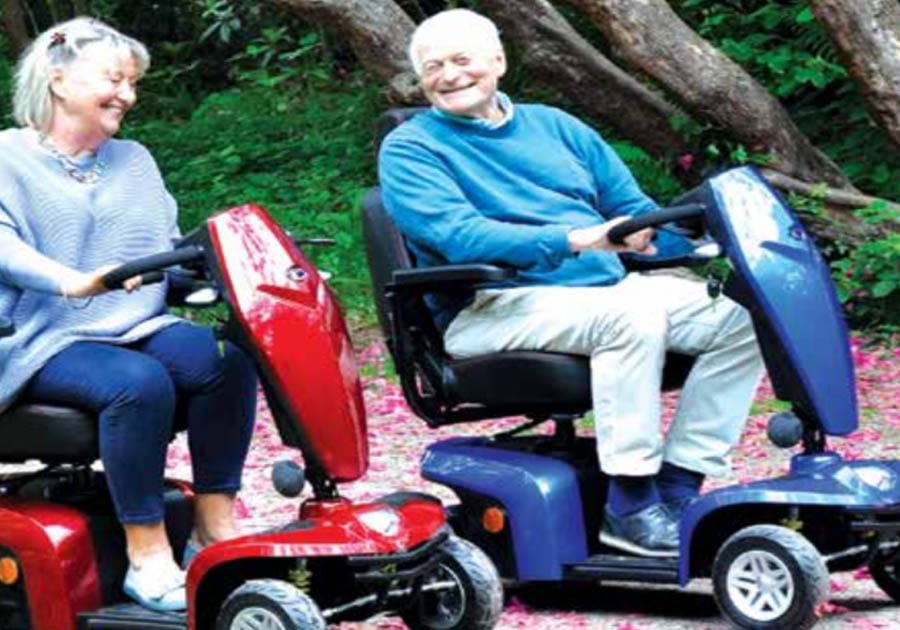AN EMERGENCY FUND IS MONEY YOU SET ASIDE TO COVER URGENT OR UNEXPECTED COSTS. THIS COULD BE CAR REPAIRS, UNEXPECTED TRAVEL OR AN URGENT MEDICAL BILL. IT PROVIDES A FINANCIAL SAFETY NET SO YOU DON’T HAVE TO BORROW MONEY IF SOMETHING HAPPENS TO YOU OR YOUR FAMILY.
Road safety seems to have flow away as more people are reliant on the use of mobility devices as the population ages and there are even more mobility impairments and people having to relinquish licences. Many users of motorised scooters seem to have no sense of the road rules and drive them as if they own the road. In observation in the past few weeks there have been so many near accidents as regardless of footpaths the drivers ride on the middle of the road, manoeuvre around the round abouts in the middle of road, and then to top it all off riding across the bridge in the middle of the road causing a bank up of traffic.
WHEELCHAIRS AND MOBILITY SCOOTERS A GUIDE FOR SAFE TRAVEL IN QUEENSLAND
The Queensland road rules A person with a mobility impairment who uses a wheelchair or mobility scooter is a pedestrian under the Queensland road rules. By law, wheelchairs or mobility scooters used by people with a mobility impairment can go anywhere a pedestrian can go, such as footpaths, shopping centres and nature strips. Road rules that apply to pedestrians also apply to wheelchair and mobility scooter users. These are: Footpaths: Wheelchairs and mobility scooters can be used on footpaths, bicycle paths, shared paths and nature strips (such as grass verges between the footpath and the road). Footpaths must be used wherever possible to avoid riding on the road.
ON THE ROAD:
You must not use your wheelchair or mobility scooter on the road in the same way as a car. A wheelchair or mobility scooter can only be taken on the road if there is no footpath, pathway, or nature strip available, and only where a pedestrian is allowed to walk. If you do need to use the road, stay as close as possible to the side of the road, and travel in the opposite direction to traffic so you have good visibility. If you need to cross a road, always cross at the safest possible point. Use pedestrian crossings, traffic lights or refuge islands if available. You must obey all traffic signals intended for pedestrians.
SAFETY TIPS ON FOOTPATHS AND ROADS
• Travel at a speed suitable to the conditions.
• Use streets with footpaths or other off-road pathways, where possible.
• Try to avoid hilly routes if an alternative route is available because these use more power and may be more difficult to navigate safely.
• Make turns slowly.
• Approach ramps and kerbs head-on.
• Be careful around parked cars.
• Be aware that your smaller size often makes you less visible.
• If you have a battery power gauge, be mindful that the second half of the battery is drained more quickly than the first half. As visibility on roads and paths is often poor at night, try and make sure pedestrians and motorists can see you. • Wear brightly coloured clothes.
• Display a white light at the front, a red light at the back and reflectors for times when there is less daylight. Wheelchairs and Mobility Scooters Wheelchairs and Mobility Scooters: A guide for safe travel in Queensland Booklet available from Department of Main Roads
